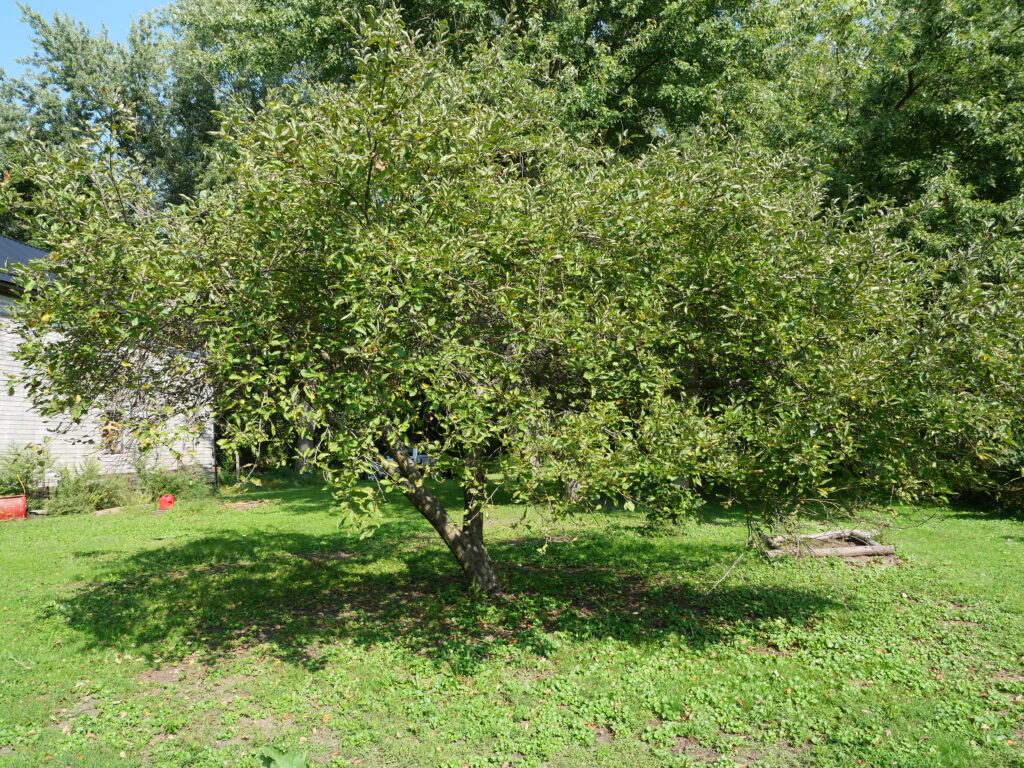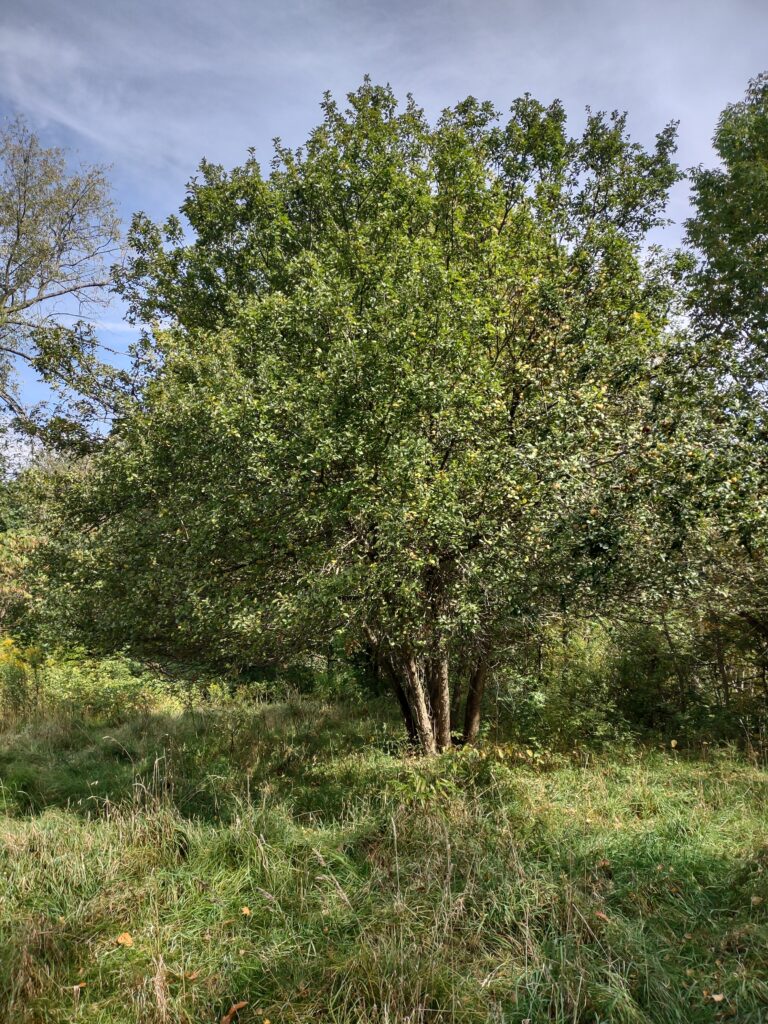Living in Northeast Ohio, wild apples are everywhere. I remember walking through the woods as a kid and finding these trees with their small, green, tart apples—apples that often tasted so bad the only thing anyone used them for was making cider.
So when we bought our property and I began finding these wild apple trees, I wondered if they were really only good for cider. After all, even a “good” variety of apple needs the right amount of sunlight, training, and soil nutrients to produce quality fruit.
This is where the Found Apple Project comes in. The idea behind this project is to see how these trees perform when given a real chance to produce good fruit. It will be a loose, informal collection of notes, observations, and test results documenting the development of these trees.
Categorization
The trees I find will be categorized using either a “W” (for Wild) or a “U” (for Unknown), followed by a number indicating the order in which I discovered them.
Examples:
W001
U001
The reason for using these two designations is to distinguish between truly wild trees and those that may be of a better or even historic variety. Trees labeled “U” are typically found in fields, old backyards, or locations that suggest they were intentionally planted. I have higher hopes that the apple trees marked as “Unknown” will produce better-quality fruit.
Not all trees will be close enough for me to monitor consistently. When possible, I’ll take cuttings from these trees and grow them in a test row to better observe and evaluate their potential.
Unknown Apples
To be classified as an “Unknown Apple,” the tree must appear to have been purposefully planted. This usually means an old, overgrown apple tree found in a backyard or at the edge of a field—places where intentional planting seems likely.
Scions will be collected from trees in this category, and the original location will be documented when possible. These scions will be grafted onto the standard rootstock I use for the project.
Each graft will be marked with a yellow tag and labeled using the “U#” system (where “#” corresponds to the order in which the tree was discovered within this classification).
Detailed notes will be taken in an effort to identify the variety. Once a variety has been confirmed, the tag will be updated, and the identification will be recorded under its original classification here.
U001

- Found on our Property
- Thought to be a Northern Spy variety
- No visual graft mark
- Red apple flavor
- Very Poorly pruned
- Dropped all fruit before it was ripe in ’24
- Made decent cider, but needs paired with something more tart and acidic
U002

- Found on a property owned by family in what was once a backyard
- Tree seems to be infected with fly speck
- Have collected scions and will be grafting the tree out.
Wild Apples
To be classified as a “Wild” apple, the tree must not appear to have been intentionally planted. These are typically trees growing along fencerows, in the woods, or in spots where nature—not people—decided they should grow.
All trees in this classification will be tagged with a pink label and assigned a “W#” designation (where “#” is the order in which the tree was discovered). If a cluster of trees is found, they will be labeled using a decimal system—“W#.#”—where the first number refers to the group, and the second identifies each individual tree within that cluster once it’s confirmed to be genetically distinct.
Updates will be dated to track growth, bloom time, and apple ripening. Over time, I’ll also record data on sugar content, acidity, and tannin levels.
If a tree shows potential, it will be grafted onto G41 rootstock and planted in the orchard for further evaluation.
There’s no guarantee that any of these wild apples will be worth cultivating long-term—but that’s part of the adventure. This process is mostly about exploration, curiosity, and the chance to discover useful or unique traits hidden in plain sight.
